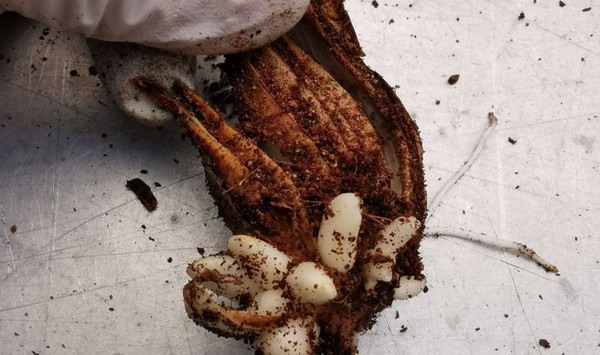The research 'Fundamental system leap in flower bulbs' is a PPP and is financed by Top Sector Horticulture & Propagation Materials, KAVB, Anthos, Wageningen University & Research (WUR), Hobaho, Kapiteyn, Prins, Iribov, Dunamo Foundation, Agrifirm-GMN, BQ Support, Greenport Duin & Bollenstreek, Bulb Academy, and Rabobank Nederland.
The WUR is investigating whether the propagation of bulbs can be optimized in a sustainable way. A stress treatment seems to be the most suitable for this: in some organisms, a little stress triggers tissue or organ regeneration.

In a flower bulb, a small amount of stress can cause the injured tissue to become more active, thereby producing more mini bulbs. This can be done, for example, by adding hydrogen peroxide. WUR uses 'plasma-activated water' in its research: this water is active for approximately one hour, after which a combination of water and nitrogen remains.
In the case of tulips, the propagation is slightly different. There, existing growing points in the axil of the bulb scales grow into mini bulbs, a process called 'splitting'. A five-scaled bulb has five growing points, but only three of them will become viable bulbs. The WUR is investigating whether the addition of a small amount of ethylene will trigger the growth of all growing points so that the tulip produces more suitable mini bulbs.
 For more information:
For more information:
Wageningen University & Research
www.wur.nl
